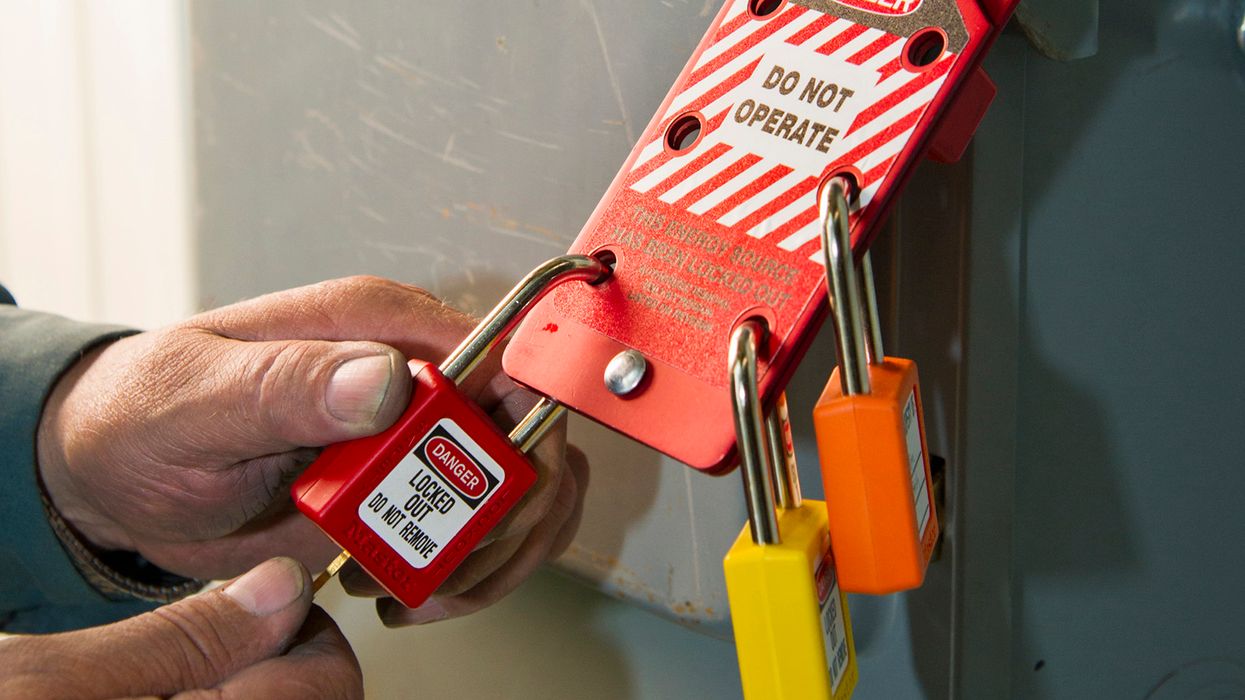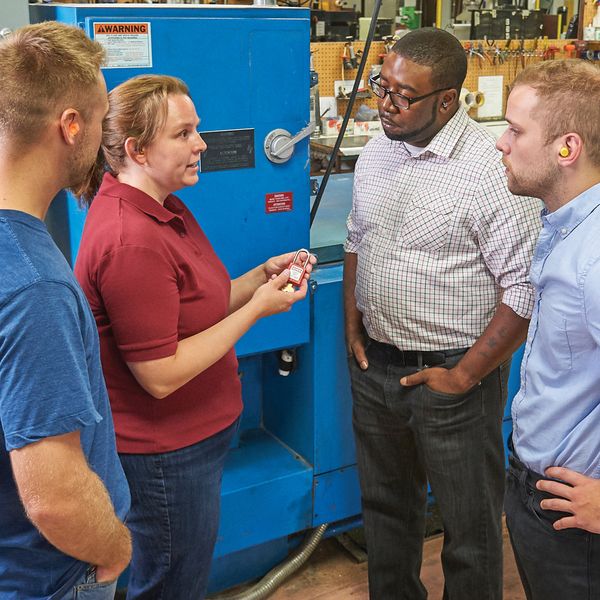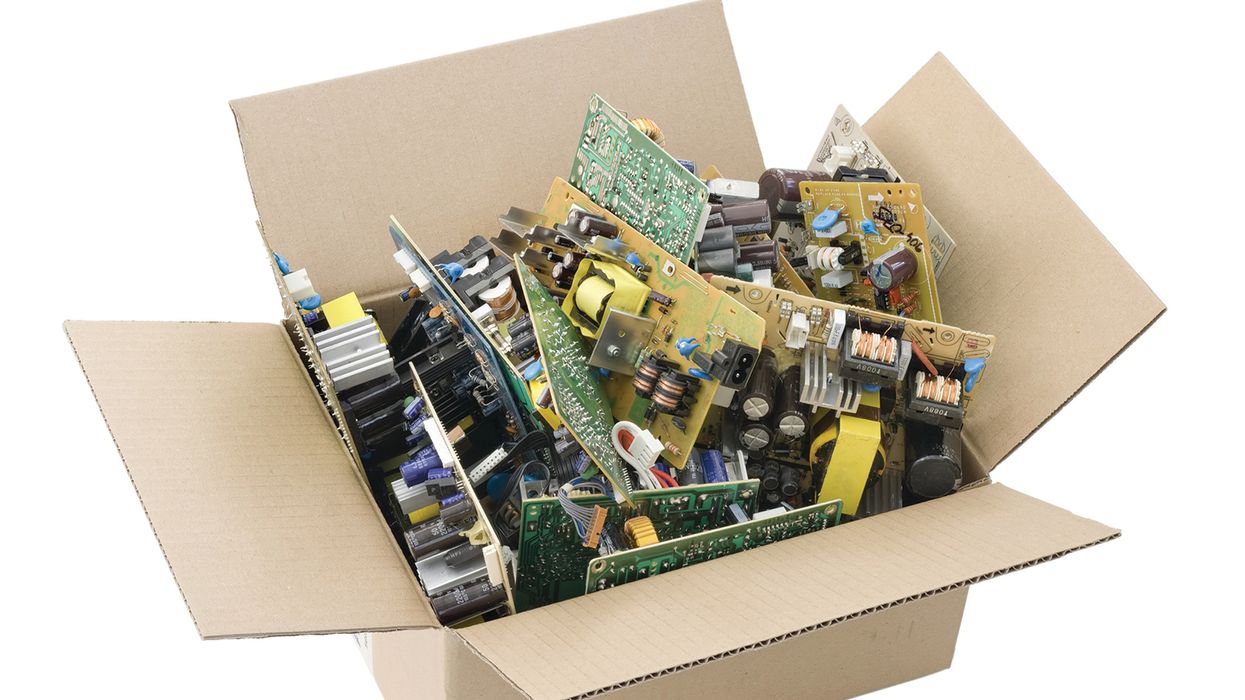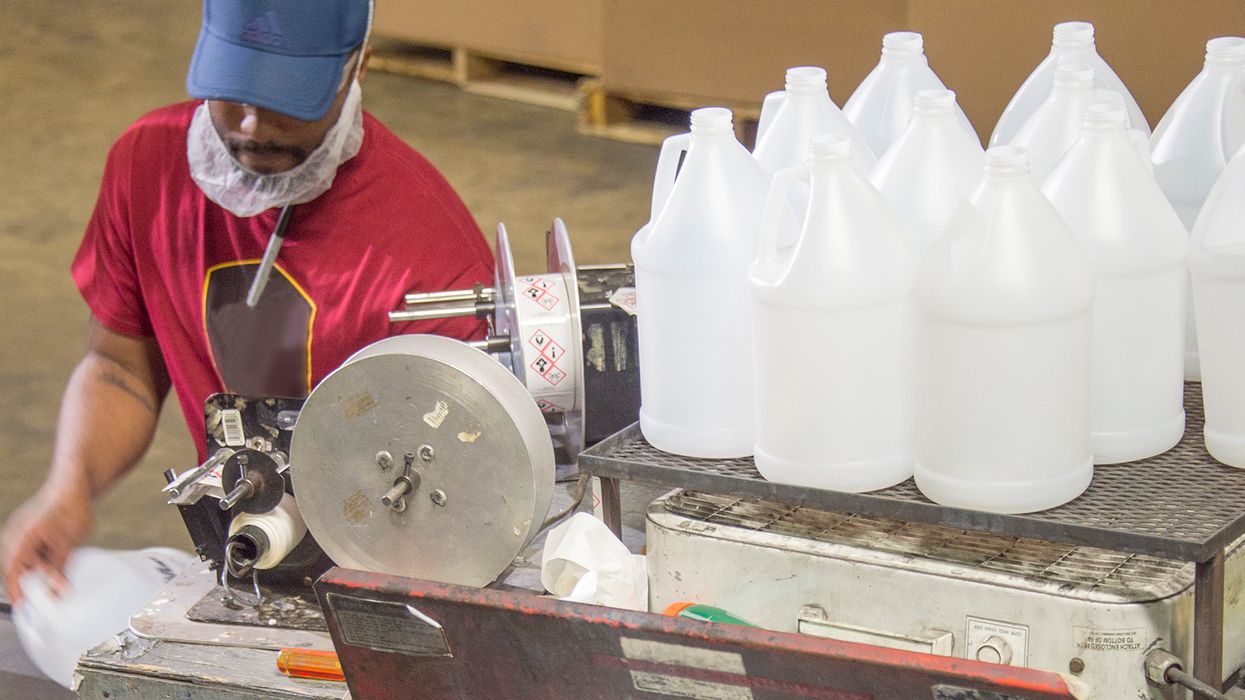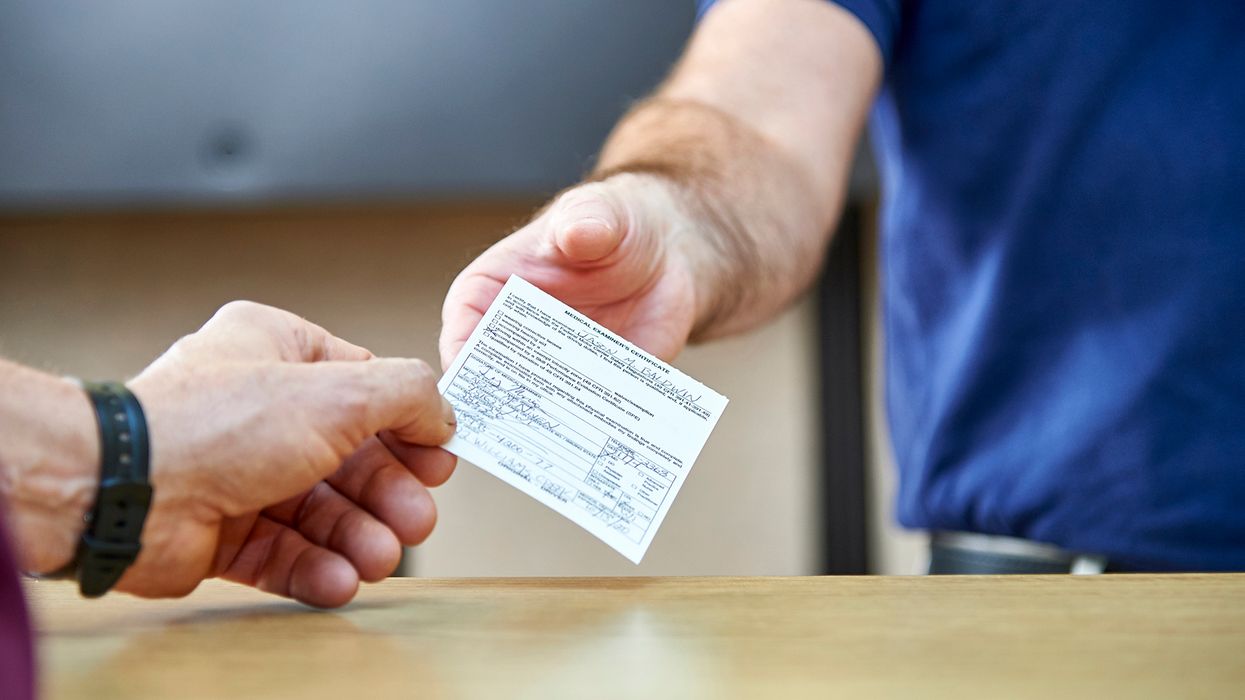Understanding group lockout/tagout
OSHA’s Control of Hazardous Energy standard, 1910.147, (more commonly known as lockout/tagout (LOTO)) is intended to prevent employee injury by establishing a program with procedures for utilizing lockout devices and tags to energy isolating devices. When working as a group, it’s especially important to understand how to properly disable machines and equipment to avoid unexpected energization, startup, or the release of stored energy.
Before we begin, let’s highlight a few key definitions that can be confusing, especially when considering group activities.
Affected employee versus authorized employee
An affected employee operates or uses machinery or equipment on which servicing or maintenance is performed under LOTO, or works in an area where such servicing or maintenance is performed. They don’t perform the LOTO or the maintenance.
On the other hand, an authorized employee is one who locks out or tags out machinery or equipment for the purpose of servicing or maintenance. An affected employee becomes an authorized employee the moment they’re required to perform servicing or maintenance of machines or equipment covered under the LOTO standard.
What is considered “servicing or maintenance”?
OSHA defines servicing or maintenance as “Workplace activities such as constructing, installing, setting up, adjusting, inspecting, modifying, and maintaining and/or servicing machines or equipment. These activities include lubrication, cleaning or unjamming of machines or equipment and adjusting or tool changes, where the employee may be exposed to the unexpected energization or startup of the equipment or release of hazardous energy.”
Group LOTO made simple
Now let’s break down group LOTO into more digestible components. Simply stated, group LOTO is providing the same level of protection afforded by individual LOTO but with multiple groups and involves:
1. Communication
As with individual LOTO, OSHA requires group LOTO procedures to be developed, documented, utilized, and communicated for the control of potentially hazardous energy when employees are engaged in the activities covered by standard. Notifying all parties involved with LOTO of machinery or equipment is vital when dealing with multiple work groups, especially when contractors or outside groups are involved.
2. Control
Primary responsibility is given to an authorized employee for a set number of employees working under the protection of a group lockout or tagout device (such as an operations lock). Each group is responsible for following LOTO procedures.
Authorized personnel must ensure shutdown preparation, shutdown, release of stored energy, worker notifications, and energy control have all been completed. Prior to starting work and regardless of which group is “in charge” of the LOTO, authorized employees must perform a final verification that isolation and de-energization of the machinery or equipment has been done properly.
3. Accountability
As mentioned, when more than one group is involved in LOTO, overall job-associated energy control responsibility is assigned to an authorized employee designated to coordinate affected workforces and ensure worker safety. This is often the host employer’s operator responsible for the machine, equipment, or process.
A group lockbox, or comparable device, is provided whereby individual group authorized employees affix their personal lockout or tagout device when work begins. Upon completion of the work, each group authorized employee then removes their own device from the project group lockbox.
For larger groups or multiple groups, it’s acceptable for a supervisor of one work group to have a separate lockbox for their crew, then apply their supervisor LOTO device to the project group lockbox to ensure accountability for their workers. Additionally, for work that spans over several miles, such as on a pipeline, a similar practice is acceptable. One location along the pipeline may have a smaller lockbox for workers at that location, while the supervisor would have their lock on the main group lockbox for the entire project.
4. Assurance
Continuity of energy control and worker protection is essential. Regardless of how the group lockboxes are handled for accountability, each supervisor is responsible for their group and ultimately each worker is responsible for themselves. Every individual must ensure all energy sources are controlled before performing work. Trusting fellow workers is great but relying on others to not make a mistake can have catastrophic consequences.
Keys to remember
Group lockout doesn’t have to be confusing if there is constant, open communication between groups. Perform group LOTO procedures the same as sole energy de-energization with accountability for individual workers within groups. Controlling the LOTO is as simple as adding a group lockbox whereby each group can ensure re-energization doesn’t occur without everyone being out of harm’s way.

